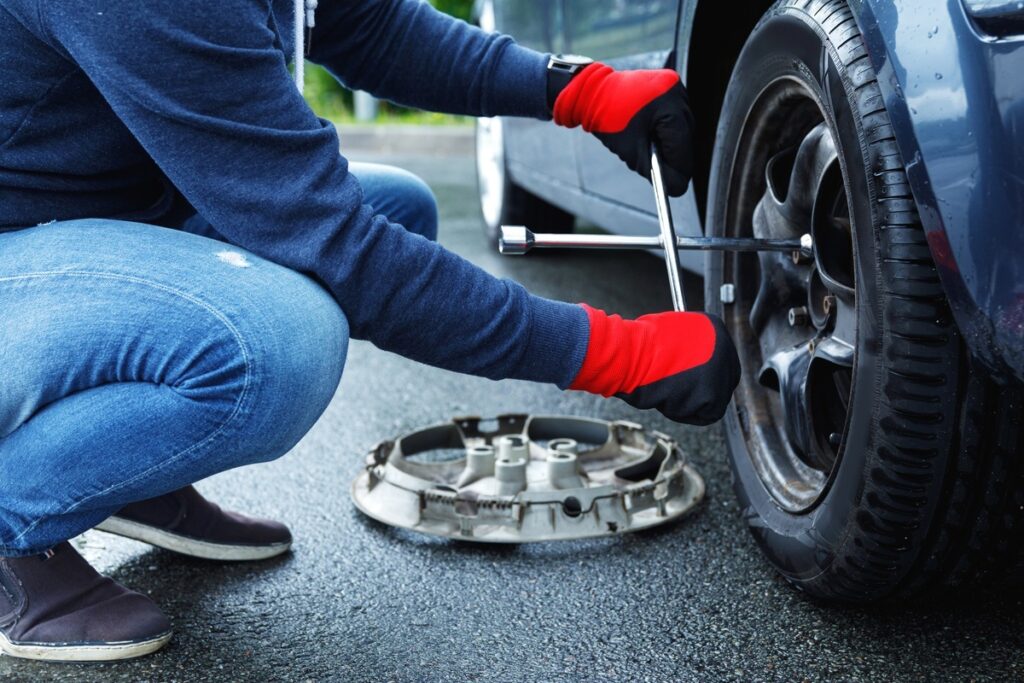The wiper control switch, often overlooked, plays a central role in the smooth operation of your vehicle’s windshield wipers. Usually located on the steering column or dashboard, this switch enables you to activate wipers, adjust their speed, and engage features like intermittent wiping. However, a malfunctioning wiper control switch can trigger unexpected and frustrating issues that may initially appear to be the result of a failing wiper motor, so we need to explore how dashboard controls can mimic motor failure symptoms to properly diagnose the issue.
Symptoms of a Failing Wiper Control Switch
A failing wiper control switch can manifest in several ways, often mimicking a faulty wiper motor. The most obvious sign is a complete failure of the wipers to activate, leaving you stranded in inclement weather. Conversely, the wipers might only function at specific speeds, ignoring other settings. Another common issue is wipers that run incessantly, even with the switch turned off, creating a distracting and potentially damaging situation. Intermittent wiper settings may become unpredictable, working sporadically or not at all. In some instances, the wipers might only operate when the switch is held in a precise location, signaling worn or damaged internal contacts within the switch itself. These erratic behaviors warrant a thorough inspection of the wiper control switch before assuming the problem lies with the motor. Going for the Auto Repair in Shelbyville, KY based service would be essential.
How a Faulty Switch Mimics Motor Failure
The wiper control switch acts as a gateway, directing electrical signals to the wiper motor to initiate and regulate its operation. When the switch is faulty, it can disrupt these signals, leading to erratic or non-existent wiper movement. For instance, a corroded or damaged contact within the switch might prevent the flow of electricity to the motor, resulting in complete wiper failure. Similarly, a short circuit within the switch could cause the wipers to run continuously, even when switched off. These symptoms closely resemble those of a failing wiper motor, making it crucial to differentiate between the two.
Diagnosing the True Culprit
To accurately diagnose the issue, a systematic approach is essential. Begin by inspecting the wiper control switch for any visible damage, such as cracks or broken levers. Next, use a multimeter to test the continuity of the switch in different positions. A lack of continuity in any position suggests a faulty switch. Also, check the wiring harness connected to the switch for any signs of corrosion or loose connections. If the switch and wiring appear to be in good condition, then the problem may indeed lie with the wiper motor.
The Importance of Proper Diagnosis
It is economically important to do an accurate diagnosis of the problem when any of the electrical system is having issues. Replacing a functional motor to solve a problem caused by switch is an unnecessary cost in terms of both parts and labor. By carefully assessing the symptoms and conducting appropriate tests, you can pinpoint the true source of the problem and avoid costly, unnecessary repairs.

